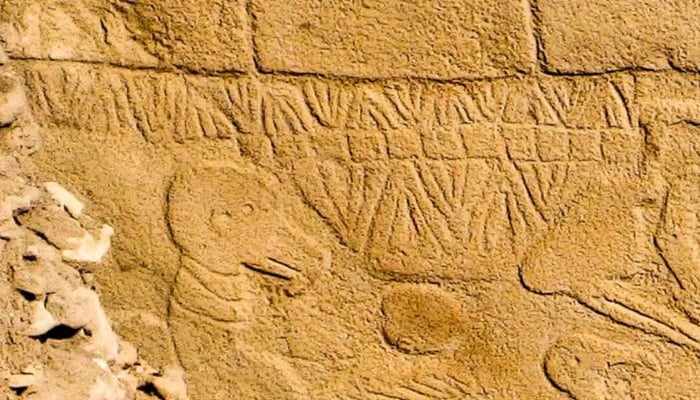World’s oldest calendar discovered in Turkey
Scientists have discovered the world’s oldest trisolar calendar carved on walls in Turkey.
At the ancient site of Göbekli Tepe in southern Turkey, there are traces of a complex that is possibly 12,000 years old.
In a study it was told about this.
According to research, the V-shaped markings on the pillars of the site represent the days of the year and the 365 markings are divided into 12 months.
This calendar depicts summer in the form of a bird-like creature.
In these diagrams, the movement of the sun and the moon are shown, while the changes in the star clusters in the sky are also drawn.
But the most significant discovery of the research was in a separate pillar, which indicates that an asteroid hit Earth in 10,850 BC (about 13,000 years ago), triggering a brief ice age.
This short ice age is known as the Younger Dryas.
But it is worth mentioning that in the past, most scientists said that no evidence of such an asteroid impact has been found so far.
The experts involved in this new study hypothesize that Göbekli Tepe was probably built as a memorial to the same asteroid impact.
He said that it appears that the inhabitants of Göbekli Tepe were keen on observing the sky, and such behavior can be expected after the devastation caused by the asteroid impact.
The results of this research were published in the journal Time and Mind.
If you want to Read more articles so visit on world wide galaxy

